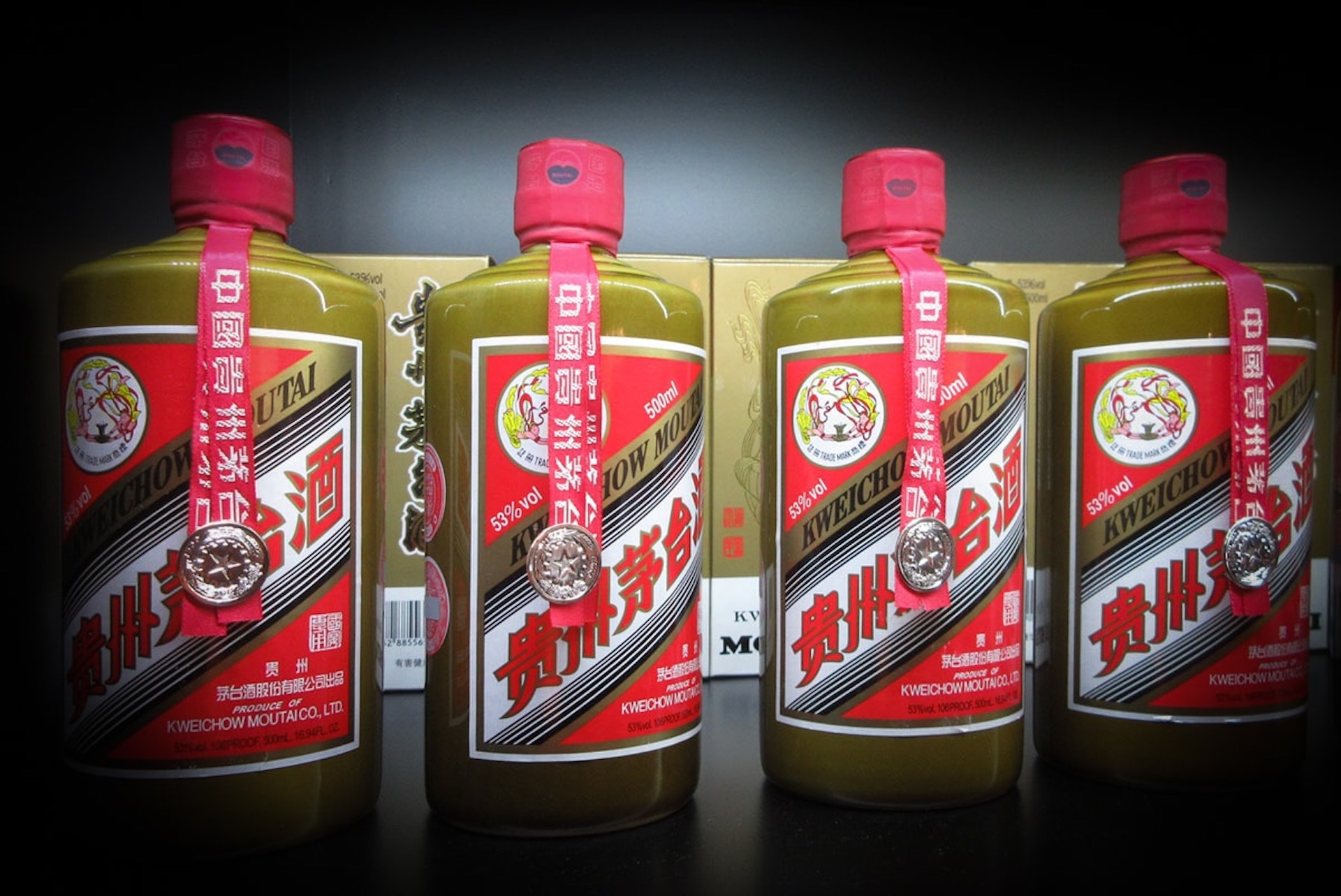Where can investors go as Chinese companies are delisted from U.S. markets?
This week, yet another 12 Chinese companies listed in the U.S. were notified that their corporate audit documents do not meet SEC requirements, and they may face delisting. Where can investors turn if they still want exposure to China?

As COVID lockdowns in China continue and the Securities and Exchange Commission adds names to the list of U.S.-traded Chinese companies asked to submit to audits, investors may wish to shift their focus to mainland stocks, or A-Shares — companies listed in Shanghai and Shenzhen.
These two stock markets trade approximately 7,000 individual firms with the most quoted index being the CSI300. This index represents the 300 largest companies on these two exchanges as measured by the free floating market capitalization. Many of the companies in this index are not household names, but they are massive companies in almost every respect, from revenues and earnings to assets and employees.
From the top down, companies listed in Shanghai represent 61% of the index and Shenzhen the remaining 39%. The sector allocation creates good diversification and breaks down as follows:
- Financial: 23.44%
- Industrials: 19.88%
- Consumer staples: 14.08%
- Information technology: 9.85%
- Healthcare: 9.39%
- Materials: 7.48%
- Consumer discretionary: 7.3%
- Utilities: 2.92%
- Real estate, communication services and energy represent less than 6%
Four companies represent more than 15% of the total index:
Kweichow Moutai (600519), the maker of China’s most famous liquor (baijiu)
- Market cap: 2,238.54 billion yuan ($351.35 billion)
- Annual revenue 109.46 billion yuan ($ 17.18 billion)
- Annual profit: 52.46 billion ($8.23 billion)
- Employees: 29,000
CATL (300750), the world’s biggest manufacturer of batteries for electric cars
- Market cap: 1,100.16 billion yuan ($ 172.68 billion)
- Annual revenue 92.16 billion yuan (TTM, $ 14.47 billion)
- Annual profit: 11.57 billion yuan (TTM, $1.82 billion)
- Employees: 33,000
China Merchants Bank (600036), China’s leading commercial bank
- Market cap: 1,152.55 billion yuan ($180.9 billion)
- Annual revenue 327.06 billion yuan ($ 51.33 billion)
- Annual profit: 119.92 billion yuan ($ 18.82 billion)
- Employees: 90,000
Ping An Insurance (601318), state-based financial giant
- Market cap: 886.04 billion yuan ($ 139.07 billion)
- Annual revenue 36.336 billion yuan ($5.7 billion)
- Annual profit: 119.92 billion yuan ($ 18.82 billion)
- Employees: 362,000
Rounding out the top ten are:
- Wuliangye (000858), another baijiu company
- ICBC (601166), the largest bank in the world measured by assets
- Longi Green Energy (601012 ), the largest provider of solar infrastructure
- Midea (000333), the largest appliance manufacturer in the world
- China Yangtze Power (600800), parent of the Three Gorges Hydro Power Project
- East Money (300059), a financial information powerhouse
The numbers and the potential returns are huge. But China is a policy first, top down market, and prudence dictates objectively evaluating what Beijing is implementing now, ranging from crackdowns on internet and tutoring companies to COVID lockdowns that will certainly slow growth rates. On the other hand, stimulus is already happening with China’s central bank, the People’s Bank of China, injecting 10 billion yuan ($1.57 billion) in reverse repos this week. There was also discussion at the State Council, China’s main administrative authority, about cutting reserve ratio requirements for banks. Beijing-style stimulus frequently benefits the large financial, materials, and industrial enterprises which is exactly the profile of the CSI300 index.
In addition, none of the companies mentioned above are at risk of getting caught in between China and the U.S., as they are all largely China-first businesses. This week another 12 Chinese companies listed in the U.S. were notified under the Holding Foreign Companies Accountable Act (HFCCA) that their corporate audit documents do not meet SEC requirements. A-Shares do not run this risk.
Investors need to watch central government policy carefully, and re-allocate accordingly. Currently large mainland based institutions close to the government look to be in the sweet spot. For U.S. investors, that looks like the ETF known as ASHR which tracks the CSI300 index.
A-Share Intelligence is a weekly column.






